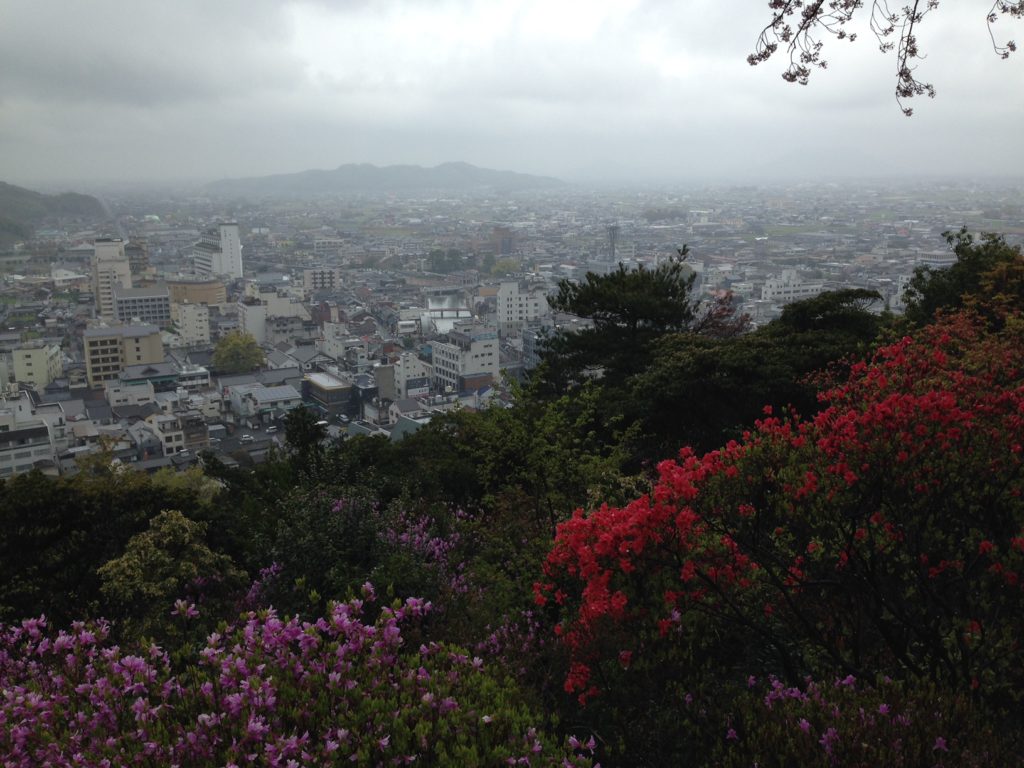Book review: Pachinko
“Pachinko” by Min Jin Lee was the March 2021 read for the Kelley + Kate book club. We are traveling the world this year, one book a month. This month: Korea and Japan through the 20th century.
“History has failed us,” the novel Pachinko declares up front – but storytelling has not, the rest of the book proves. And the century-long family story told in Min Jin Lee’s novel provides explanation, if not redemption, for a Korean family exiled in Japan through most of the 20th century.
The family’s story has humble beginnings. And a humble ending, if you really think about it. The material circumstances improve significantly from the time Sunja and Isak struggle to find a serving of white rice to celebrate their wedding in the Korean village Yeongdo to the day their grandson Solomon celebrates his 16th birthday in a private club in Yokohama, Japan. (Each of his guests got a Walkman as a party favor.)

One of my favorite aspects of this novel is the physical details that track the unfolding of the twentieth century from a fishing village in 1920 to Tokyo in 1989. Another is the kindness that flows through this family no matter what the material circumstances. A fountain of selfless love starts flowing from disabled but successful peasant Hoonie in the first pages, multiplies in Sunja and Isak, and continues on through their son Mozasu and his son Solomon.
Love doesn’t make life easy. The family suffers loss, imprisonment, war, injury, and discrimination – the lasting social stigma placed on “Zainichi” – Koreans living in Japan. This concept is where the novel started for Min Jin Lee. I was also inspired by the story of the author’s journey from idea to finally getting it “right,” which took years of diligent learning and crafting.
Pachinko parlors are everywhere in Japan, tucked into city store fronts. They emanate a distinct sound—dings, chirps, electronic ditties—that increases in volume as the automatic glass doors slide open to admit a patron. I tried to sneak into a pachinko parlor when I was visiting Tokyo about two years ago. The doors slid open to allow someone out, and I walked through. It sounded so distinct, I wanted to see it, too.
But one does not stroll through a pachinko parlor the way one may stroll through a shopping mall or public park. I got about ten steps inside, just looking around, when uniformed attendants started moving toward me. I didn’t want to play any games or even negotiate how to convert yen into tokens. I didn’t want to try to explain why I was there. So I did a short lap around a bank of machines (a few
Still, that glimpse of a real pachinko place from inside helped me wonder at the business run by the Korean family in the book. The wonder of a phenomenon totally foreign to me topped by the distinct feeling that I didn’t belong.
The story Min Jin Lee gives us illuminates an angle of history I had not known, the story of Koreans in twentieth century Japan. A deeper look at a place I visited and enjoyed at a surface level. Its also a deeper look inside my own country, where a dominant caste subtly and overtly makes life difficult for the others. I want to learn more. I also thoroughly enjoyed reading this book.